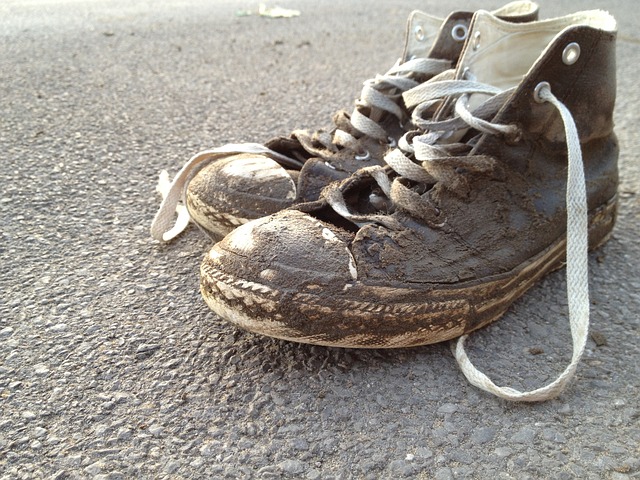October 6, 2022
Angela G. Be The Change |
- Sign in and stow your phones out of sight. Log into a Chromebook and complete the WYAW activities.
- Animoto Screening...
- Personal Digital Story Assignment Exemplars
- Storyboard/Planning Evidence
Storyboards help with planning. Some evidence of prior planning is a requirement of the assigment.
- Reflection
Thoughtful reflection with good details. Journal style and not research paper level writing.
- Digital Stories that make us go "Aww" (in a good way):
- Cydney W. https://vimeo.com/261568848
- Hannah S. https://www.wevideo.com/view/2816908468
- Narration should be:
- Clear, well paced, and audible (no mumbling, please!)
- Crunchy.....(What?) Crunchy Words help when writing a script.
Small Group Activity:
"Crunchy" words.
In small groups, use crunchy words to describe either photo two or three. (CC0 - Pixabay).



"majestic, towering Appalachians"
or
"tall mountains"Crunchy words? Crunchy words?
- More Examples of Digital Stories: Sometimes stories make us cry, laugh, feel amazed or grateful. Sometimes they also make us think and reflect on our own experiences and identities.
- Carolyna P. https://www.wevideo.com/view/1870949164
- Keiara N. https://www.wevideo.com/view/2438853278
- Paige L. https://www.wevideo.com/view/2433675821
Topics have ranged from.... dealing with anxiety and depression, sexual assault, growing up with a disability, being bullied in school, living with addiction, the death of a parent, and oppressive relationships. A digital story can be about anything as long as it is a story you feel needs to be told.
WeVideo Studio Time. Log into WeVideo https://www.wevideo.com/ with your class gmail account!
- Doing all the skills from WYAW on Tuesday and today
- Adding transitions
- Working with audio settings
- Image options
- Finishing and getting the published link
BE DECIDING.....
....about a personal story you want to tell. It can be about anything you wish. There are some "must haves" including visuals, narration, duration (between 1:30 and 4:00 minutes), and a title and credits. You can include also - video, sound effects, music, and animations. Want to try out chroma key (green screen) - go for it! THIS IS ON ANY TOPIC YOU WISH.
DIGITAL STORYTELLING ASSIGNMENT: Your Personal Digital Story:
This is an open-ended story that can be about any topic you wish. This assignment has TWO documents (three if you have copyrighted materials you wish to use) and ALL will be submitted in Canvas:
- A link to your personal digital story from WeVideo once it has been "Finished" and published. DON'T link to your editing/timeline environment. You will add the link to your reflection template.
- Your storyboard or evidence of planning either scanned or photographed as a digital image (if you wrote on a blank template) OR a Word file if you typed on the template. Storyboard templates are available in Word format in Canvas.
- The personal digital story reflection using the designated word template for in Canvas under Assignments
(filename: "personal_digital_story_reflection_2022.docx").
- You can see all the requirements for this assignment and how you will be assessed by viewing the rubric in Canvas or from our web agenda.
Choice Assignment Option: Field-Based Digital Story with A Student
View the project overview: This will help you explain to your CE what the project is all about. When discussing this with your CE, set some tentative dates for when you can work with your one student to create the story. The project overview handout gives an summaryof the process. Share this with your CE if you think it would be helpful.
Additional resource: If you wish to show your student sample stories, you may use these:
| Kindergartner | Fifth Grader | Middle School |
- Pretty soon, start making arrangements to meet with the child to talk about the story he/she might like to tell and how to illustrate it - with his/her own drawings or photos, with copyright free (CC0) photos or images found (with your help) on the internet. See here for ideas and details..... The reflection form for this project is available in Canvas.
- You will need to get the parental permission form (Release) signed by the parent and this is also available in Canvas.
- The story must be created by a child (not someone else's story) and creative freedom from the student must be apparent.
- You'll want to give yourself enough time to work on it as it may take more than one session. If you're working with young children or learners with disabilities who struggle with focus, you may need to schedule a few short sessions rather than one long one.
- Keep an eye on the technical and don't get frustrated if you encounter snags.
RESOURCES O' THE DAY:
THE Source for Digital Storytelling: http://www.storycenter.org/
THE Top Academic Source for Digital Storytelling: http://digitalstorytelling.coe.uh.edu/
More about StoryCenter (formerly the Center for Digital Storytelling) http://www.storycenter.org/press/
IF YOU PLAN TO CHOOSE THE DIGITAL STORY WITH ONE CHILD:
Talk with your clinical educator about the digital storytelling project and work out logistics of where and when you'll work with the student to help them create a digital story. YOU WILL NEED TO GET A RELEASE SIGNED BY THE CHILD'S PARENT/CAREGIVER.
